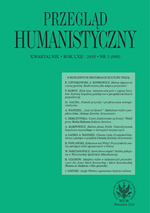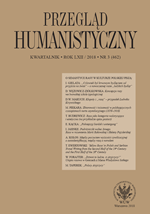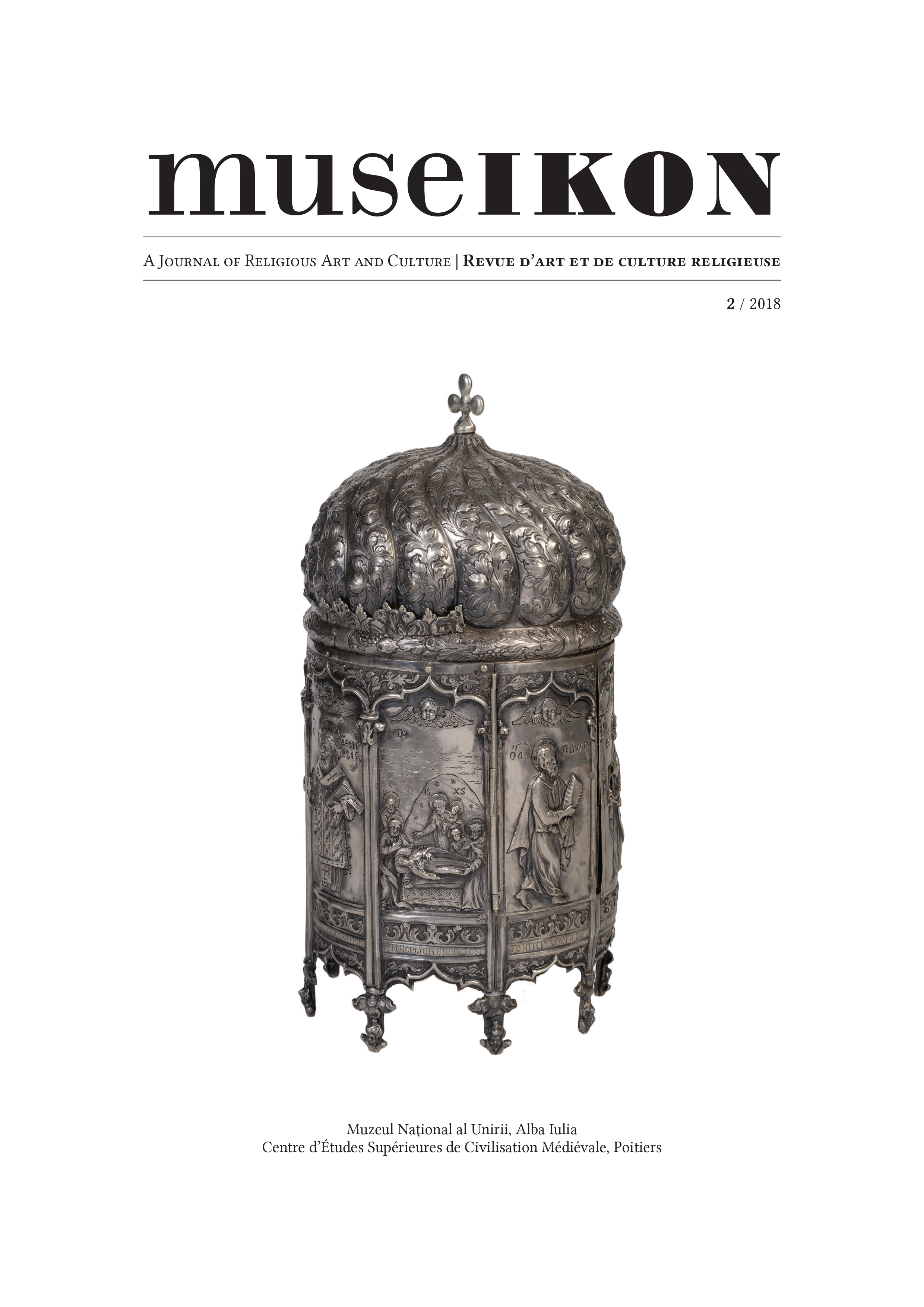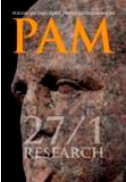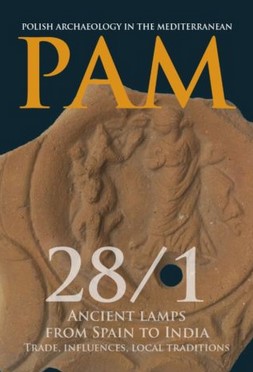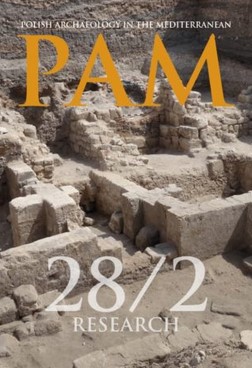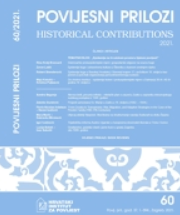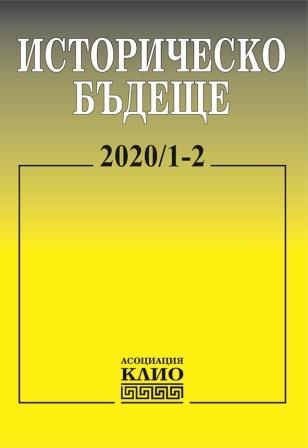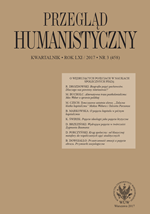
Rola kobiet w życiu religijnym. Przykład udziału młodych Atenek w kulcie
This paper pertains to participation of young Athenian girls in rituals. Some researchersperceive these rites as initiation rites. The Athenian girls’ participation in rites-related dutiesshows how important they were not only for the Athenian girls, but also for women ingeneral. The ritual was treated as a substitute of men’s public activity. We can divide theAthenian girls’ participation into two categories: rites in which they played the main role,and rites in which their role was auxiliary or simply marginal.
More...
